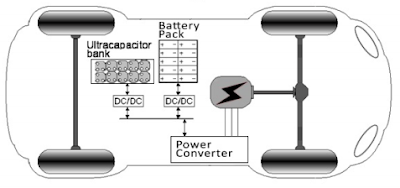Accreditation Board for Engineering and Technology (ABET) Definition of Design - • Engineering design is the process of devising a system, component, or process to meet desired needs. • It is a decision-making process (often iterative), in which the engineering sciences and mathematics are applied to convert resources optimally to meet a stated objective. • Among the fundamental elements of the design process are the establishment of objectives and criteria, synthesis, analysis, construction, testing and evaluation. • Mechanical design means the design of components and systems of a mechanical nature—machines, products, structures, devices and instruments. • For the most part mechanical design uses mathematics, materials, and the engineering-mechanics sciences. • Additionally, it uses engineering graphics and the ability to communicate verbally to clearly express your ideas. • Mechanical engineering design includes all mechanical...















Comments
Post a Comment